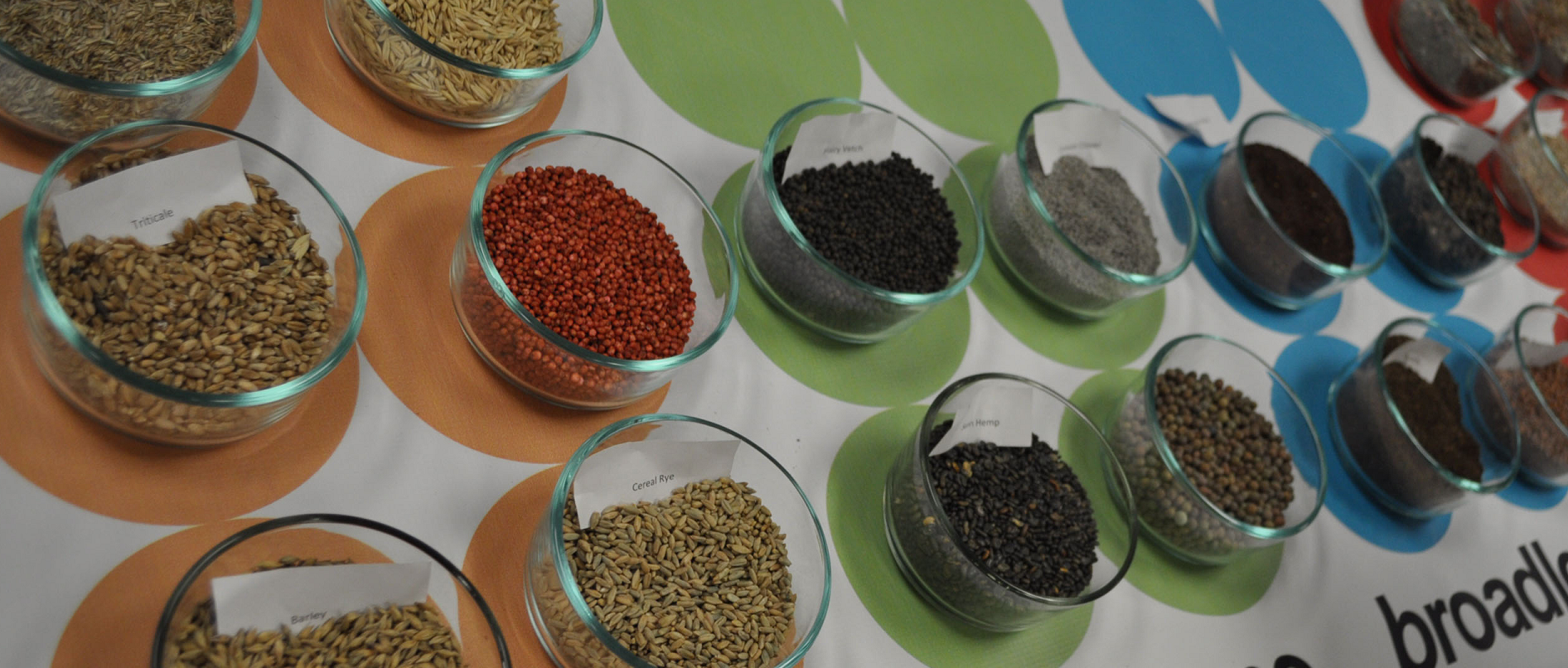
In the wake of Lake Erie Bill of Rights passage, farmers talk agriculture and conservation for this growing season
How local agriculture affects Lake Erie was part of many conversations at the annual Ottawa Soil & Water Conservation District event, where farmers gather for a day of shop talk at the county fairgrounds in Oak Harbor.
And with the body of water possibly getting some legal standing through Toledo’s recent vote in favor of the Lake Erie Bill of Rights, farmers are, well, curious, about how, if at all, this new city ordinance will impact northwest Ohio’s agriculture community.
Read more on Great Lakes Now about the Lake Erie Bill of Rights:
Threat to Business: Ohio Chamber members would be harmed by Lake Erie Bill of Rights
While most farmers aren’t happy about the newly minted ordinance, they’re not overly concerned about it, either. Many of them at the Oak Harbor event were confident in their efforts to keep their operations as environmentally-friendly as possible.
They said they spend a lot of time and effort doing so, including investing in equipment and technology to monitor and reduce run off. That includes hundreds of soil tests on their acres each year and computer software which works with fertilizer applicators to add just the right amount needed, and sometimes none at all, to fields.
Three other issues were top of mind for the 2019 growing season:
New Conservation Program
There’s money available to help curtail fertilizer and nutrients runoff. The Ohio Working Lands Hay Buffer Program offers farmers $120 per acre annually to plant and maintain any of a number of hay or cover crops on field edges adjacent to critical waterways. The program’s aim is to reduce runoff into ditches and streams which eventually make their way into Lake Erie.
In Ottawa County alone there are potentially thousands of acres which qualify for the program. The incentive, besides the obvious — cleaner water and a healthier Lake Erie, is that certain crops — like hay or forage crops — can be sold or used as animal feed. That means farmers set aside buffer strips, up to 300 feet wide, along streams, raise a potentially salable or usable crop and in addition, receive the acreage reimbursement.
Farmers On The Front Line
Ottawa Soil & Water Conservation District officials, along with farmers in northwest Ohio, recognize themselves as the first line of defense when it comes to reducing agriculture’s footprint on Lake Erie and its late-summer/early autumn algae blooms.
The focus of the forum included cover crops, public relations with non-farming folks, water and nutrients management, and the best practices to grow crops and raise animals with an eye directly on Lake Erie.
And there’s no shortage of resources, including businesses, ready to earn money and sell services which help farmers harvest the largest yields possible and help Lake Erie.
Picking Up One New Worthwhile Practice
Conservation officials say when farmers attend the annual event, the networking makes it all worthwhile. Even if just a handful of farmers pick up a best management practice at the event and incorporate it into their farming operation, it works out in the end. Because those farmers, officials say, pass on their experiences and successes with friends and neighbors.
Featured Image: Different types of cover crops, Photo by usda.gov via flickr.com cc 2.0




